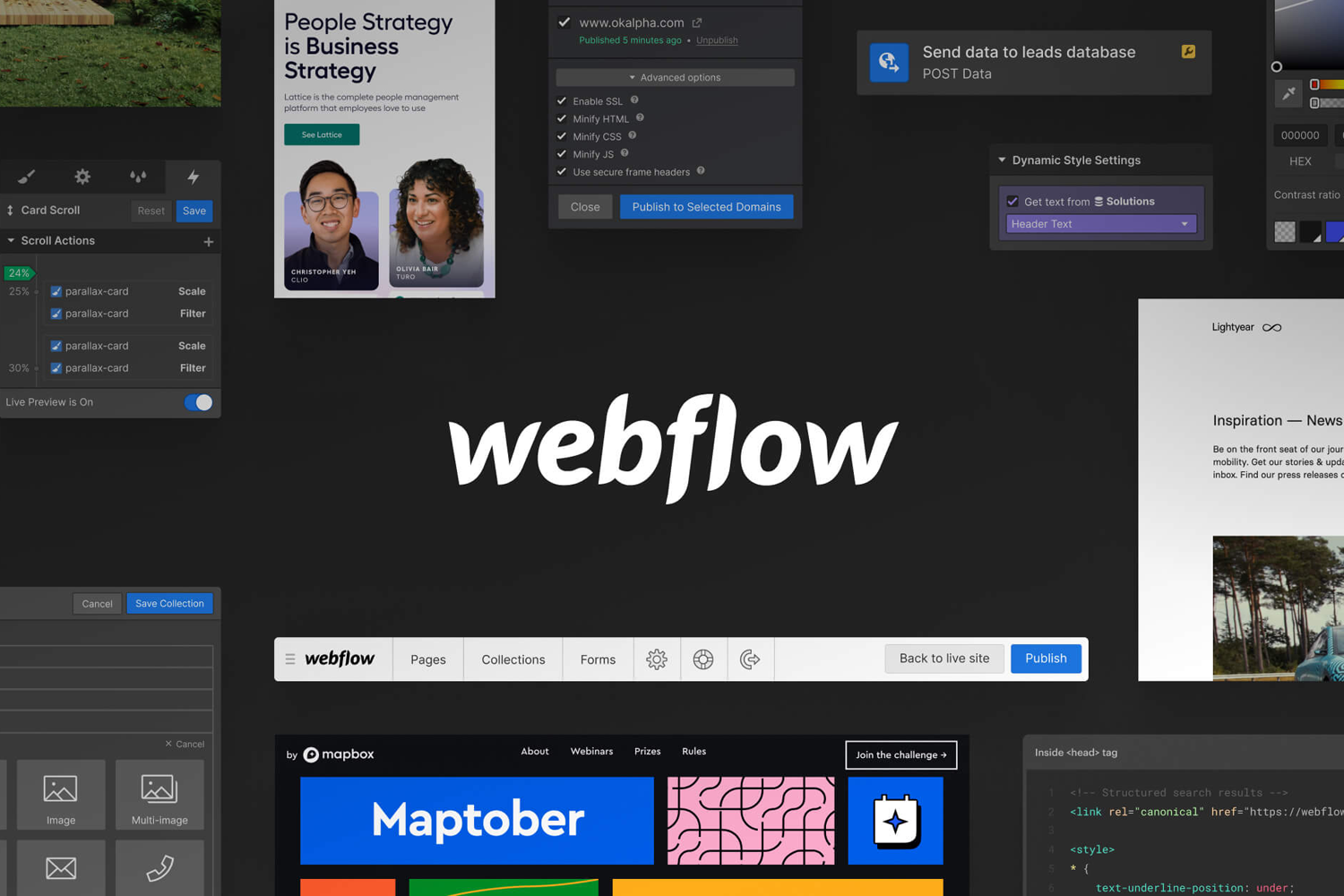As more and more people are accessing the internet on their mobile devices, having a responsive website is becoming increasingly important. With the rise of website builders like Webflow, it’s easier than ever to create a beautiful and functional website. However, having a responsive design is not just a nice-to-have feature, it’s a necessity.
In this blog post, we’ll discuss the importance of responsive design for Webflow websites and how it impacts user experience and SEO.
What is Responsive Design?
Responsive design is a web design approach that ensures your website looks great and functions well across all devices, from desktops to mobile devices. With responsive design, your website adapts to the screen size of the device it’s being viewed on, ensuring that the user experience is optimized regardless of the device being used.
Why is Responsive Design Important for Webflow Websites?
- Improved User Experience: A responsive website design ensures that users can easily navigate your site, read your content, and engage with your site on any device. By having a responsive website, you create a positive user experience, which can lead to increased engagement, lower bounce rates, and more conversions.
- Higher SEO Rankings: Responsive design is a key factor in search engine optimization (SEO). Google and other search engines prefer responsive websites because they provide a better user experience. Additionally, having a single URL for your site (as opposed to a separate mobile site) makes it easier for search engines to crawl and index your site, improving your SEO rankings.
- Cost-Effective: Rather than building a separate mobile site, responsive design allows you to build one website that works seamlessly on all devices. This saves time and money on development costs and maintenance.
- Future-Proof: With the ever-changing landscape of technology, having a responsive website ensures that your site will remain relevant and accessible to users on all devices, regardless of future advancements.
How to Ensure Your Webflow Website is Responsive?
- Design with Mobile in Mind: When designing your Webflow website, consider how it will look and function on a mobile device. Use a mobile-first approach and prioritize the most important content and functionality for mobile users.
- Use Webflow’s Responsive Design Features: Webflow has many built-in features that allow you to create a responsive website. Use the layout settings, breakpoints, and flexbox to ensure your site looks great on all devices.
- Test Your Site on Multiple Devices: Before launching your site, make sure to test it on multiple devices to ensure it looks and functions properly on all screen sizes.
Conclusion
In today’s mobile-first world, having a responsive website is essential. By designing a responsive website in Webflow, you can ensure that your site looks great and functions well on all devices, improving user experience and SEO rankings. At Webyant, we specialize in professional website design and development services, including responsive design for Webflow websites. Contact us today to learn more about how we can help your business create a responsive website.



